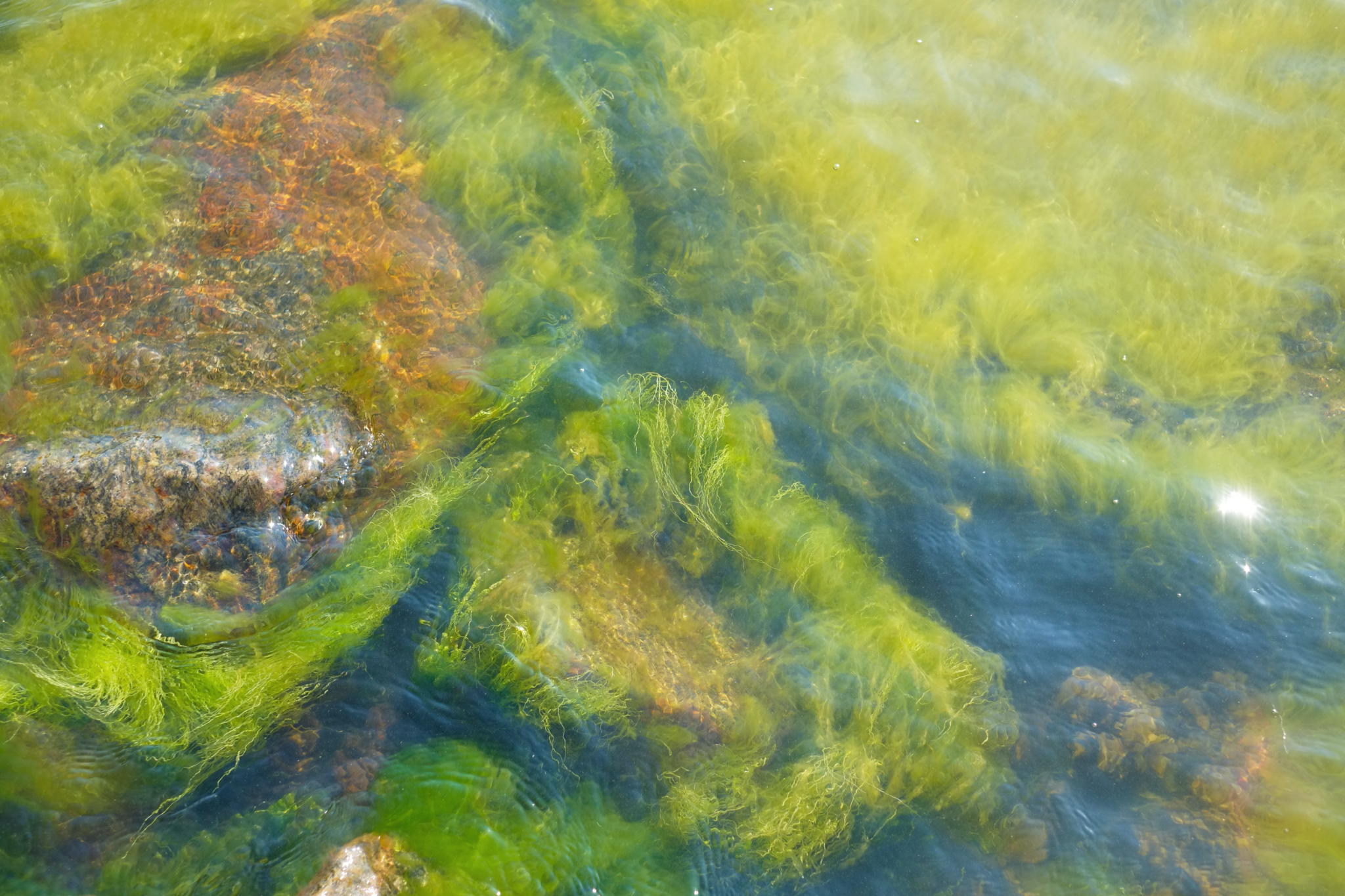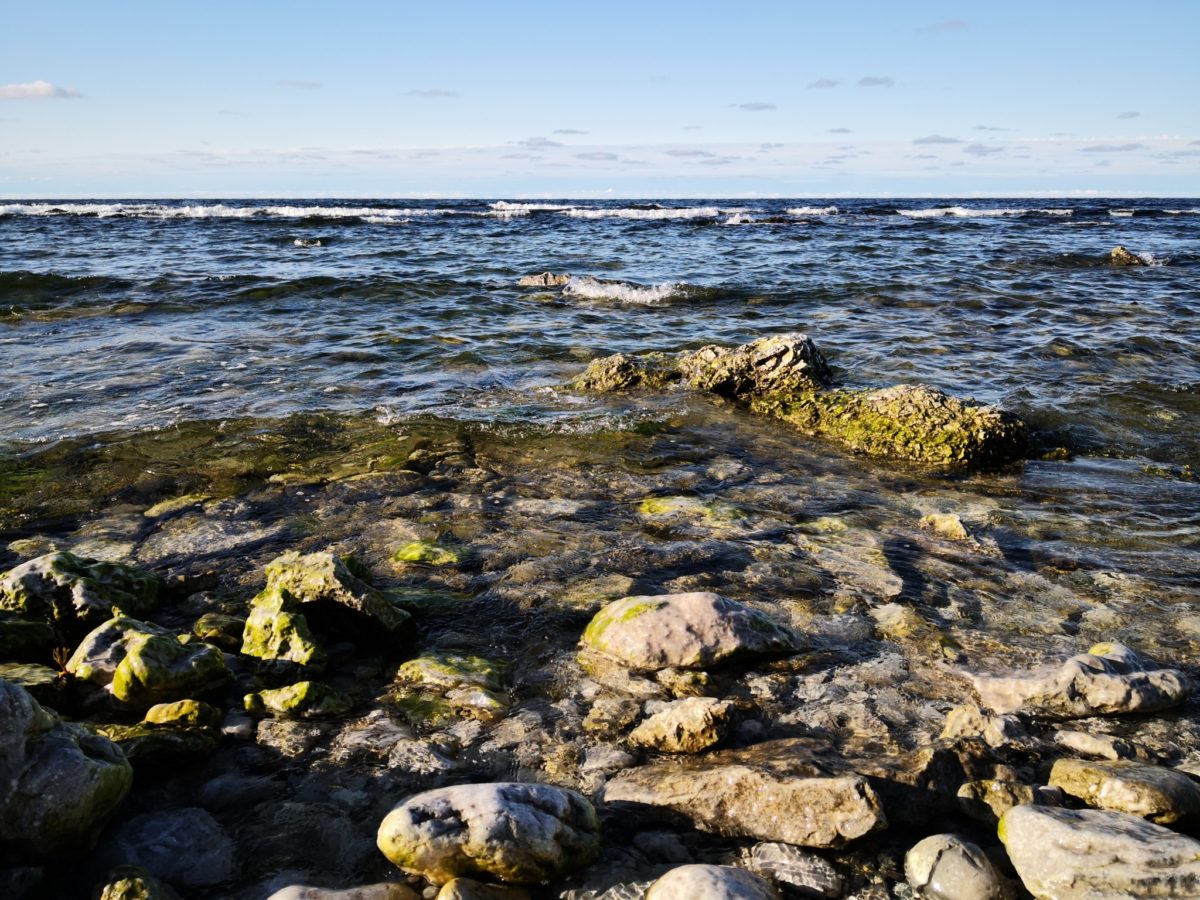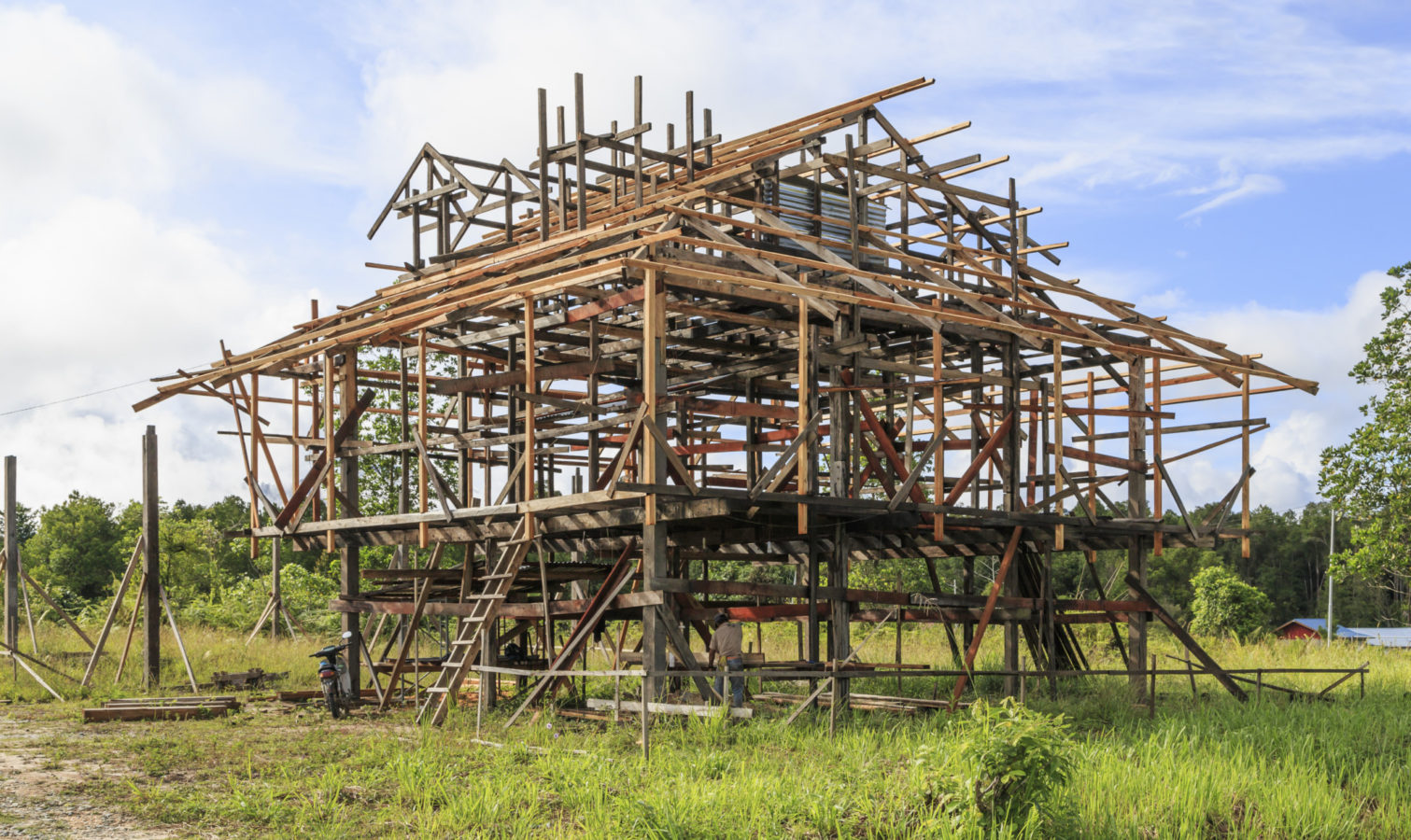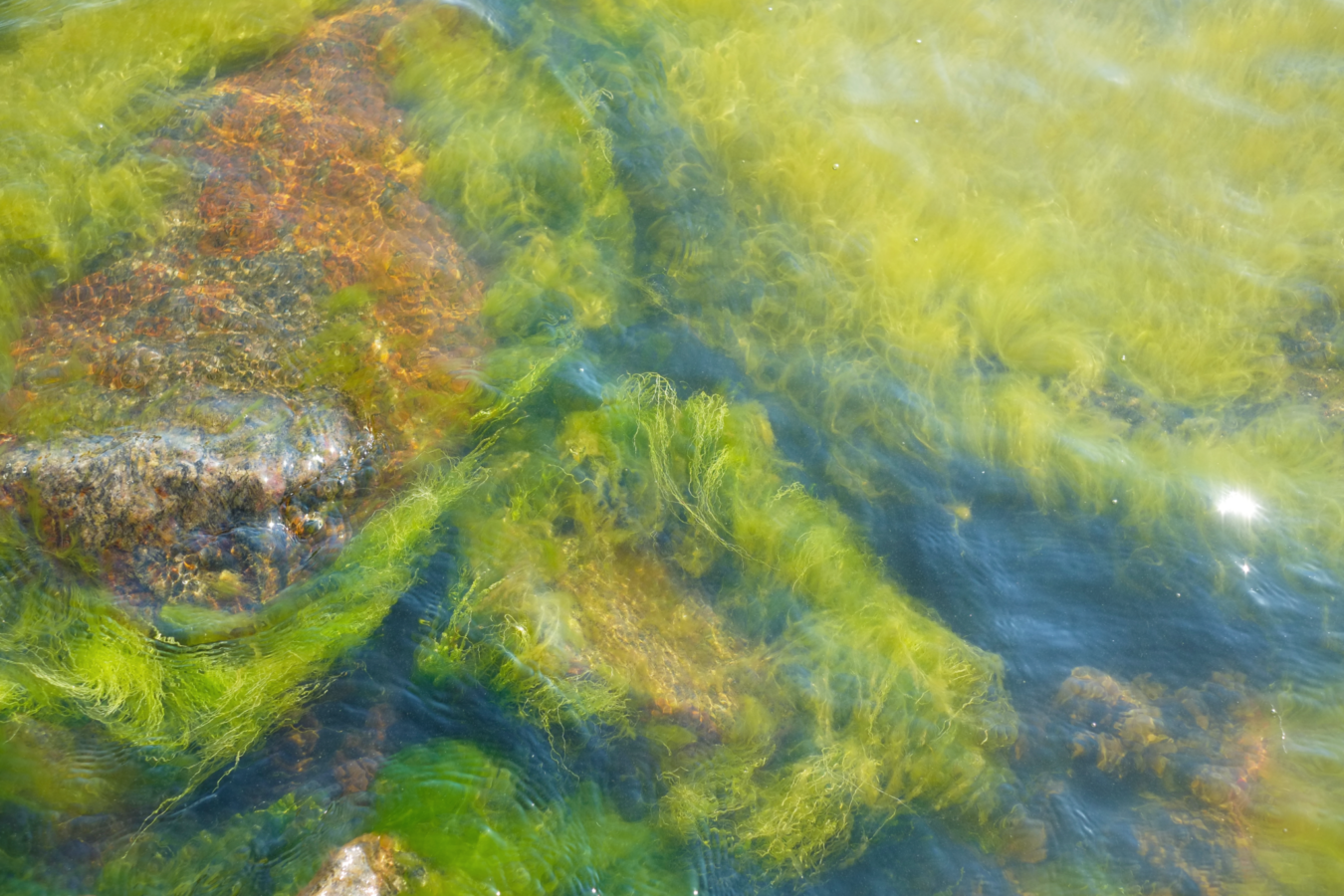
Cornerstones for building a compensation concept
In this blog post, Annica Brink, project coordinator from The Government of Åland, leads us to the world of compensation and explains what it has to do with the SEABASED project.
The need for compensation tools
The main aim of the EU Water Framework Directive 2000/60 (“WFD”) is to prevent deterioration of the status of all water bodies and to protect, enhance, and restore those water bodies. In 2015, the Weser judgment interpreted the WFD stating that EU member states, unless granted derogation, may not authorize projects if they may cause a deterioration of the status of a surface water body. Although the purpose is to protect the aquatic environment, it can lead to difficulties for new and expanding businesses with the risk of inhibiting societal development.

Photo: Kirsi Kurki-Miettinen
Ecological compensation can be a tool to allow development activities without impairing the ecological status of our water bodies. Within the SEABASED project the Government of Åland have procured a consultant team for building a concept of nutrient compensation in aquatic environments. Compensation has been looked upon and employed in several countries. However, such compensation mainly concerns terrestrial habitats, i.e., land-based ecosystems. Examples from aquatic environments are scarce. We are trying to see if this can be changed in a sustainable way.
Concept construction

Photo: Uwe Aranas/CEphoto
When constructing something, we need blueprints and building materials. For our compensation concept, we also need an agile working method, as what we discover during the process might modify our blueprints. But let us start with putting down the cornerstones:
Cornerstone 1: Mitigation hierarchy
The mitigation hierarchy was established by the international cooperation “Business and Biodiversity Offsets Programme” (BBOP) and has become the standard when working with compensation issues. According to the hierarchy, environmental damages should firstly be avoided, secondly minimized and remedied. Only after this is achieved is compensation considered.
Cornerstone 2: No net loss and additionality
To achieve full compensation, we must reach a “no net loss” level for environmental values/nutrient amounts/other variables that are compensated for. That is, the compensation efforts outweigh the negative impact. By increasing the compensation efforts even further, we might also reach a net gain. However, striving for no net loss level is already a challenge.
The principle of additionality means that any compensation efforts must be demonstrably new, i.e., additional, and would not have happened without the compensation effort.
Cornerstone 3: Legislation and administration
In creating a compensation concept, we need to know what we can and can not do. This is the legislative part. We must find our way through EU, national, and regional legislation. How have other countries utilized compensation tools, and what can we learn from them?
How can we make the compensation concept come alive? This is the administrative part. Who will operate the machinery and bring the concept from theory to practice? The public sector, the private sector—or both?
Cornerstone 4: Ecology
Last but not least are the ecological aspects. We must determine the scope of our compensation. What is feasible in relation to the other cornerstones? Ecological compensation encompasses both species, nutrients, and habitats. Nutrient compensation, our focus, deals more directly only with amounts of nutrients. However, this will have effects also on the other variables included in ecological compensation. What methods can we employ to reach our compensation goals? This will be investigated in our report.

Photo: Kirsi Kurki-Miettinen
All the cornerstones above will make our concept stand on solid ground. Then comes the scary part: Implementation. Besides the SEABASED Project, the development of the concept goes hand in hand with the revision of the Water Act in Åland. This will be a “learning by doing process,” with the need for further modifications along the way. But together, we will make this happen.


